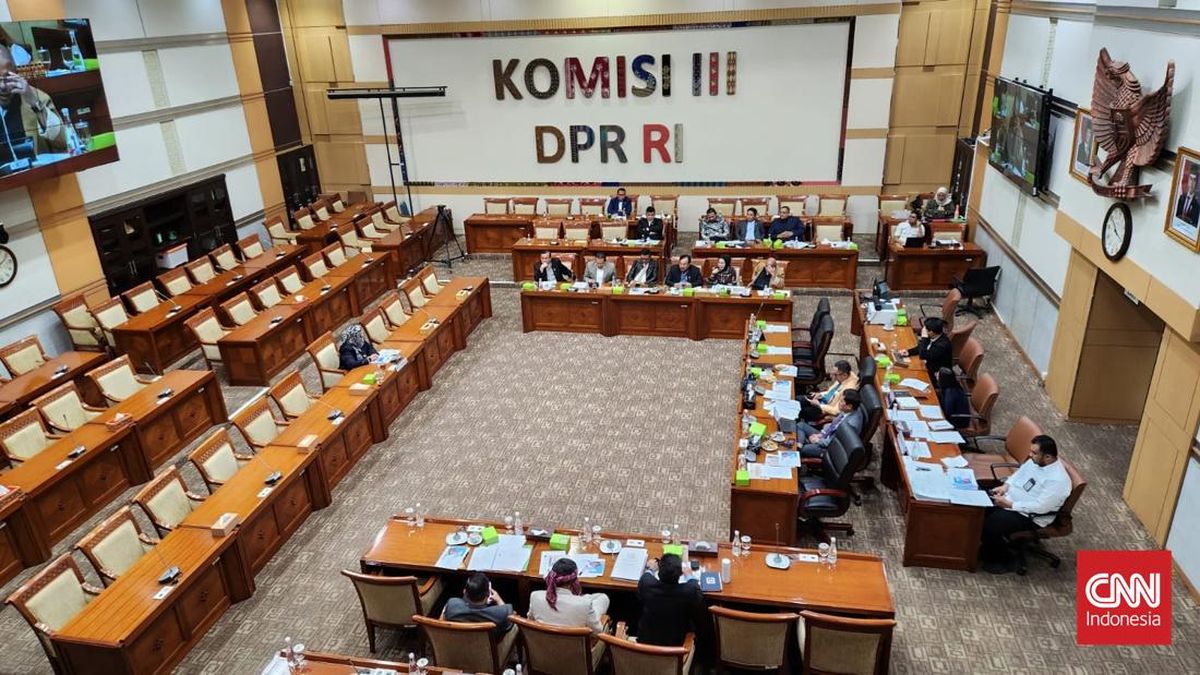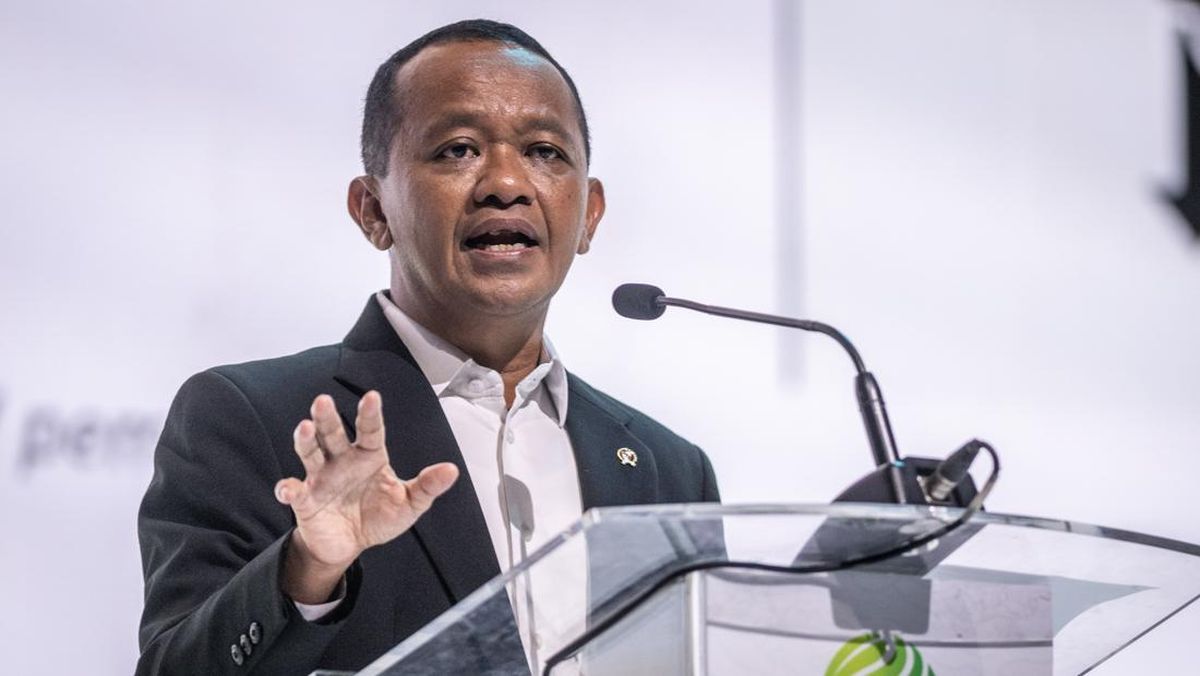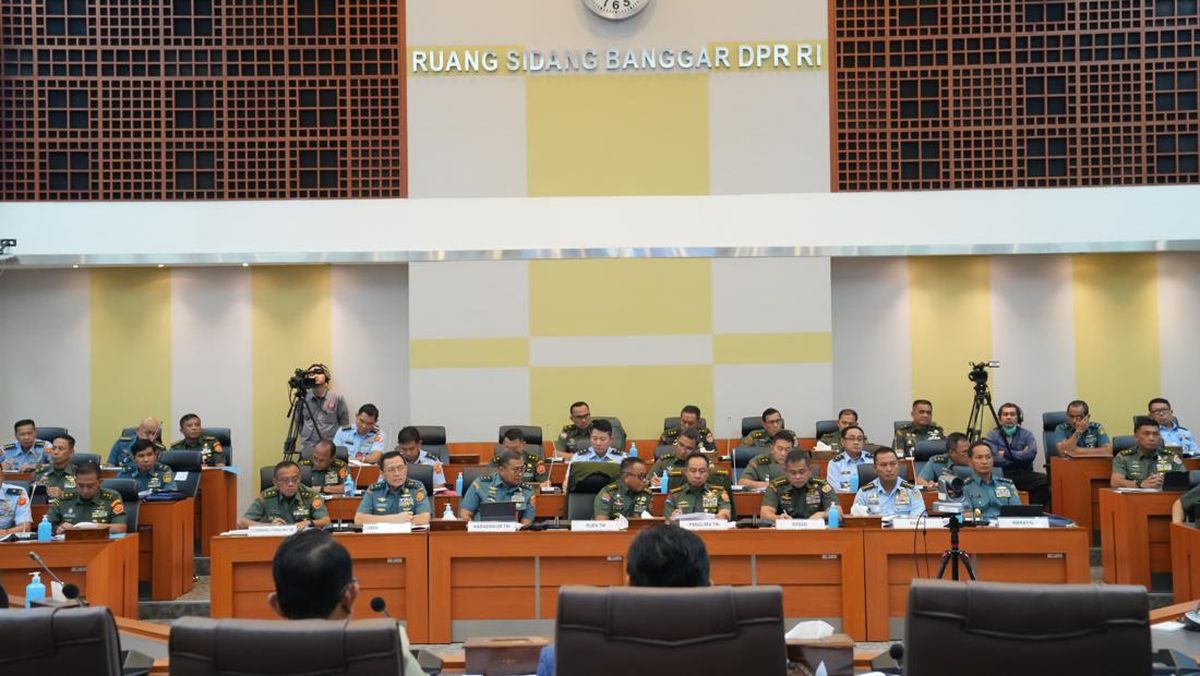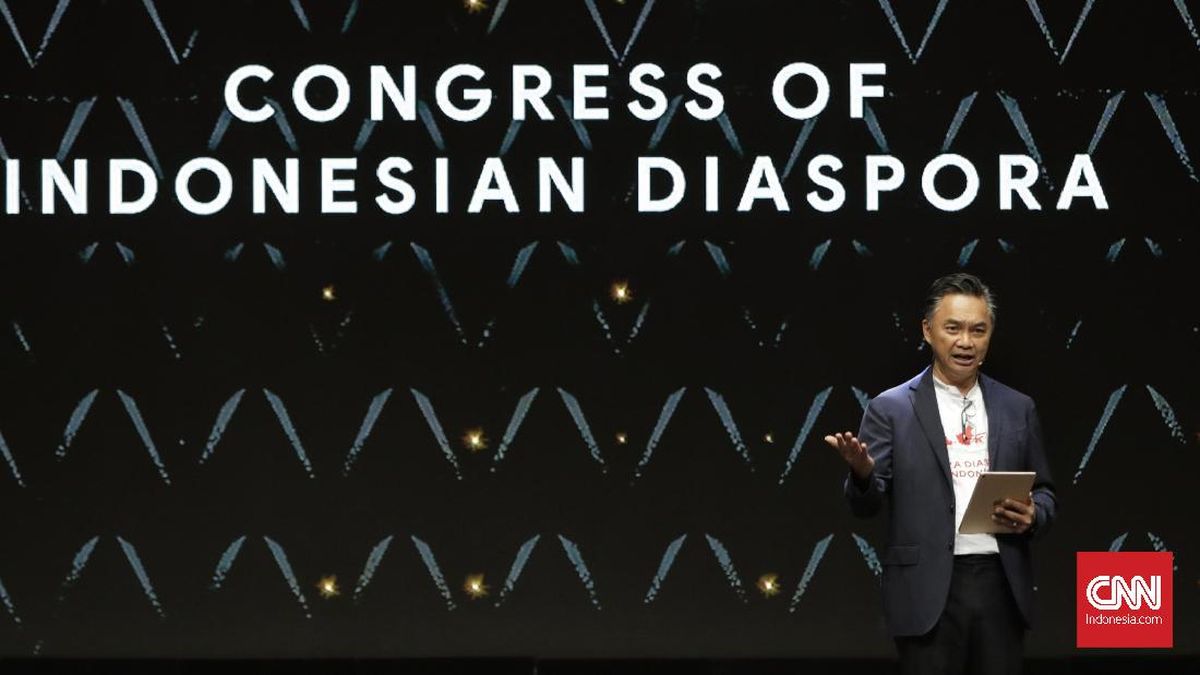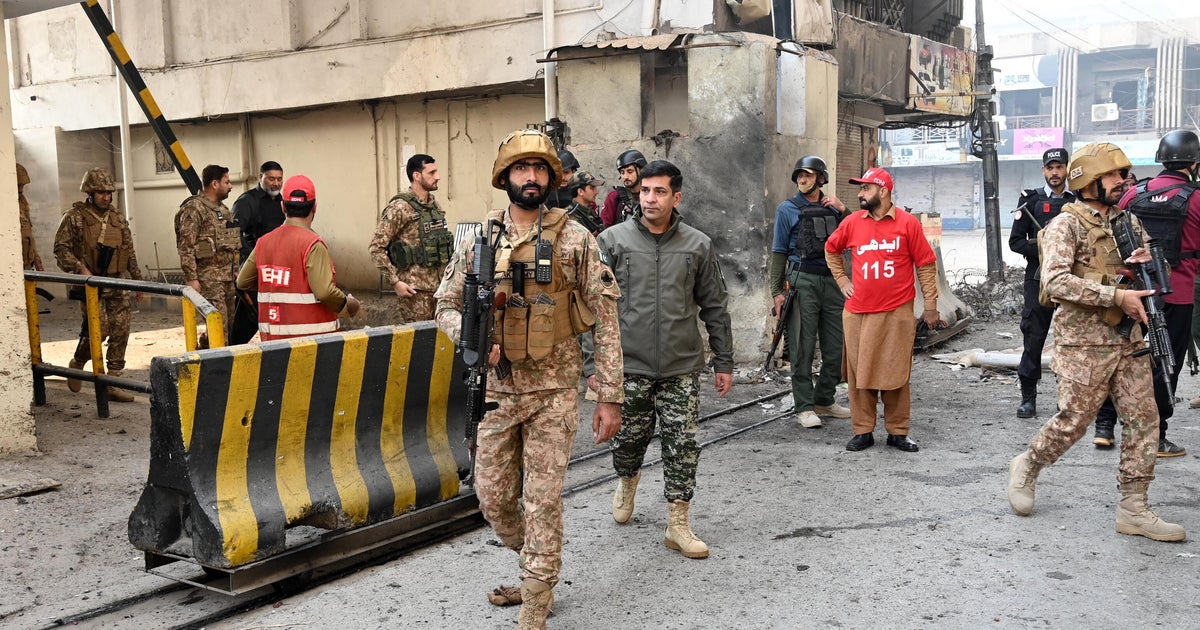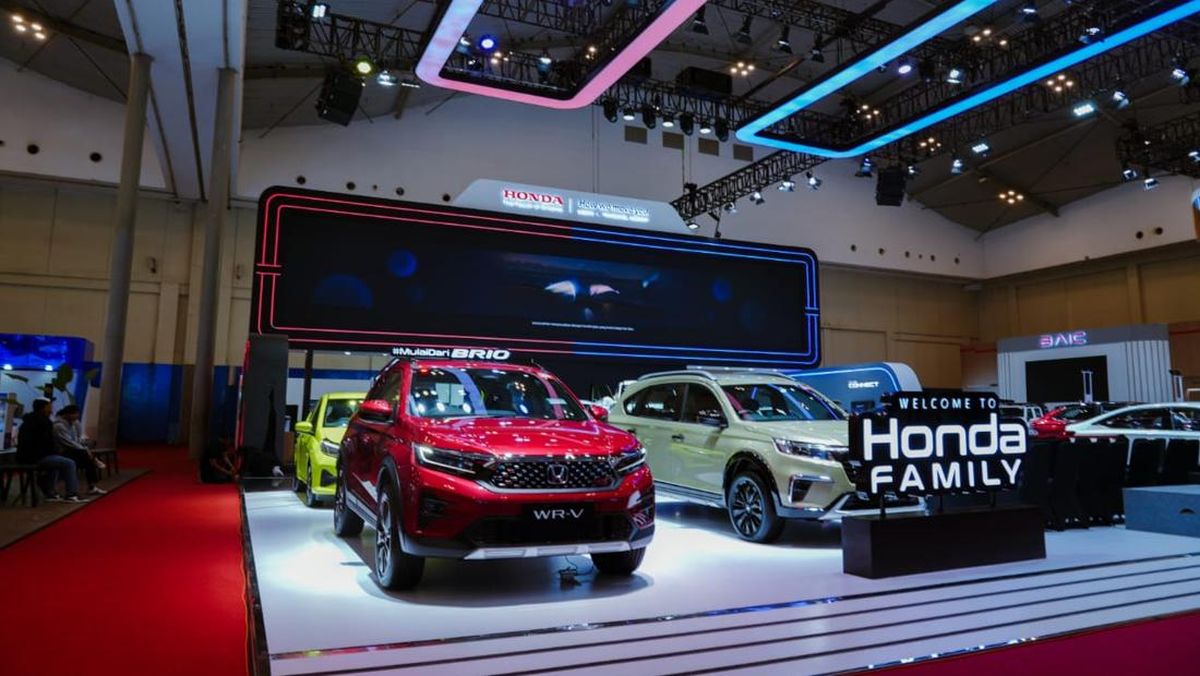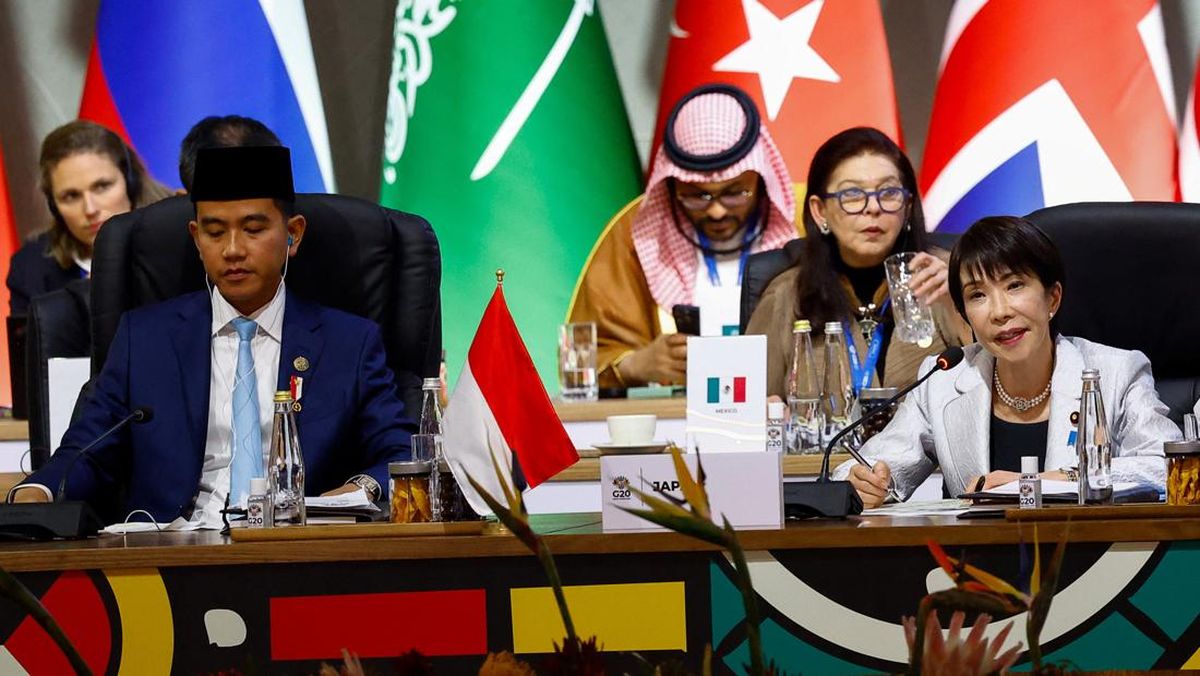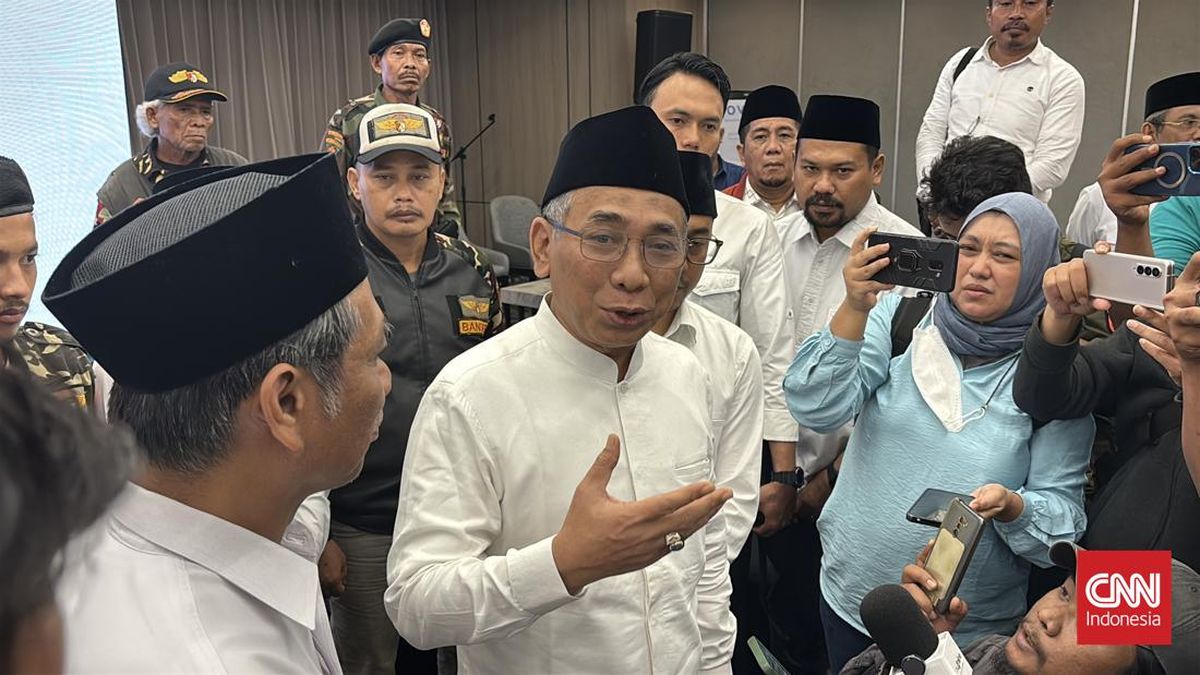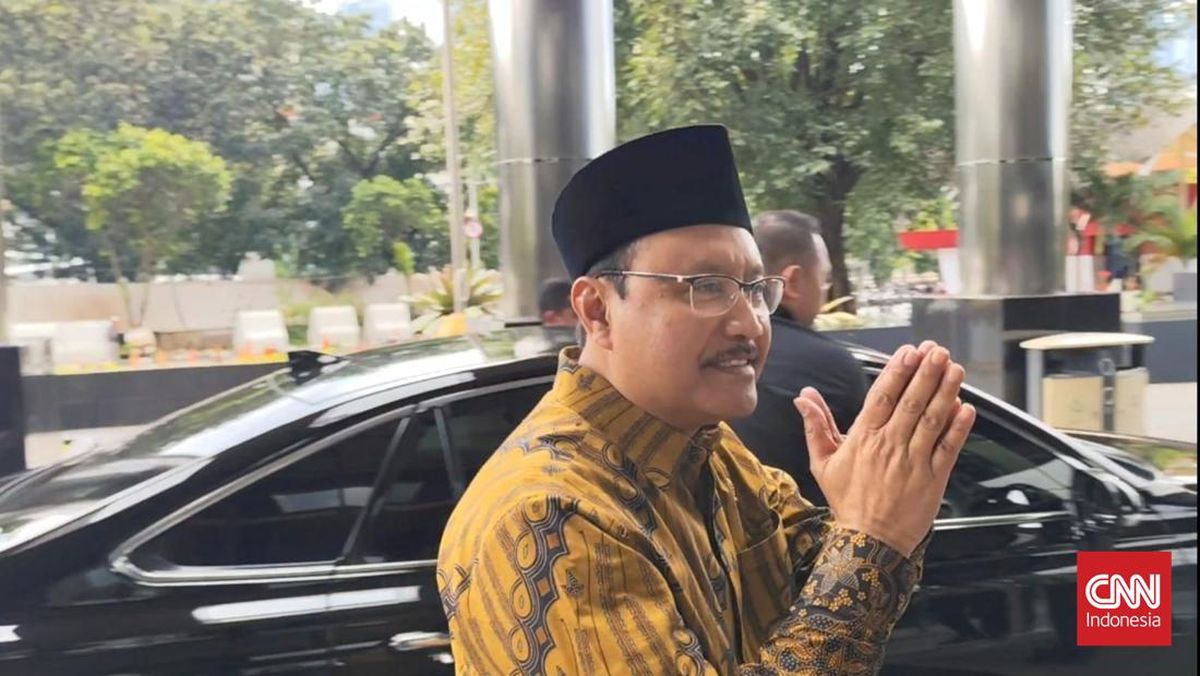Recent mineralogical analysis of Grønnedal samples by SGS laboratories in Canada have also returned elevated yttrium values in the range of 39–777ppm that confirm the metal oxide is hosted within the rare earths hosting monazite–synchysite mineral assemblage.
Metallurgical test work shows that niobium and the coarse-grained rare earths minerals bastnäsite, synchysite and monazite demonstrate favourable liberation characteristics of up to 54% at 19–205 micron size (0.019 – 0.205mm), pointing to low-cost processing, similar to that at MP Materials Corporation’s revered rare earths operation at Mountain Pass in California.
Observations of the core confirm that the Ivigtût pit environment has experienced significant interaction with late‑stage carbonatitic fluids which extend the old mine’s rare earths potential beyond its historically-mined cryolite zones.
The unique marriage of the two different but highly complementary systems under one licence area is rare geographic and geological serendipity.
Grønnedal offers bulk-scale magnet rare earths, while Ivigtût overlays polymetallic copper, lead, zinc, silver, gallium rubidium and lithium into the grab bag of critical elements and industrial-minerals potential, all tied into what appears to be a common carbonatite plumbing system.
Waste dumps from 130 years of mining remain untested for modern critical metals credits too, suggesting an immediate surface resource and a potential early-cashflow kicker while the bigger Grønnedal resource is further evaluated.
The presence of fluorite-topaz mineralisation indicates that the Ivigtût deposit is a highly evolved, magmatic–hydrothermal system in which fluorine-rich fluids are extremely effective at mobilising rare earth elements and other minerals, while the polymetallic character of the mineral suite is reinforced by the suite of base metal sulphides.
The new observations will feed directly into refined geological models for both prospects, prioritising drill targets for rare earths, sulphides and industrial minerals ahead of the 2026 field season.
The broader canvas couldn’t be clearer. Greenland wants critical minerals developed sustainably, Europe and North America need non-Chinese supply and Eclipse holds two complementary systems beside existing infrastructure and hydropower.
Throw in proven deep-water port access and a government actively courting Western capital and it becomes plain that Ivigtût is rapidly morphing from an interesting historical footnote to a strategic hub.
When the laboratory hands down its analytics early next year, the ASX’s next critical minerals chapter could be written in southwest Greenland’s granite, siderite and rare earths fluorescence.
Is your ASX-listed company doing something interesting? Contact: [email protected]





